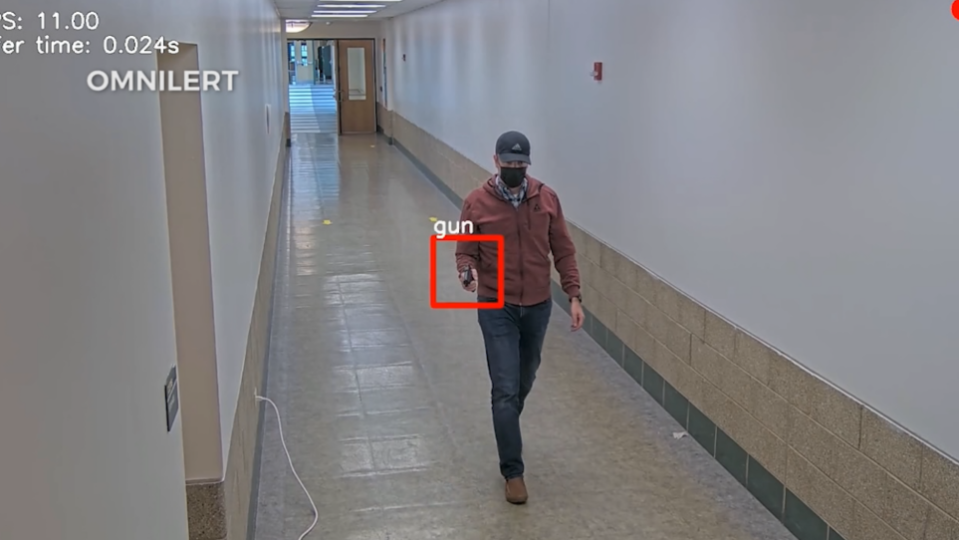In a world where security concerns loom large, the efficacy of weapons detection technologies stands at the forefront. These systems, designed to identify and prevent potential threats, are pivotal in safeguarding public spaces, transportation hubs, and sensitive facilities. However, beneath their apparent shield lies a complex web of vulnerabilities that demand urgent attention.
Invisible Threats: Unmasking the Vulnerabilities
While weapons detection technologies have undoubtedly advanced, they are not impervious to exploitation. Several critical vulnerabilities cast shadows over their seemingly robust facades, posing substantial risks:
- False Negatives: One of the most pressing issues plaguing these systems is the prevalence of false negatives. Sophisticated weapons concealment techniques, such as 3D printing and composite materials, challenge traditional detection mechanisms, allowing prohibited items to evade scrutiny and slip through security checkpoints undetected.
- Adversarial Attacks: Malicious actors actively seek to exploit weaknesses in weapons detection systems by launching adversarial attacks. Through subtle manipulations of input data or by employing camouflage techniques, attackers can deceive these systems, causing them to misclassify or altogether miss identifying potential threats.
- Algorithmic Biases: The reliance on algorithms in these detection systems introduces the risk of biases. Algorithmic biases, stemming from skewed training datasets or inherent programming biases, can result in discriminatory behavior, leading to the misidentification or oversight of certain individuals or objects.
- Overreliance on Technology: Human error and an overdependence on technology contribute significantly to vulnerabilities. In instances where operators become complacent due to an excessive reliance on automated systems, the risk of overlooking threats increases substantially.
Bridging the Gaps: Navigating Towards Enhanced Security
Addressing these vulnerabilities demands a multi-faceted approach that encompasses technological innovation, robust training, and proactive measures:
- Advanced Technology Integration: Continuous research and development are pivotal to counter evolving threat landscapes. Embracing AI-driven solutions, sensor fusion technologies, and multi-modal detection mechanisms can fortify the arsenal against concealed threats.
- Adversarial Testing and Validation: Rigorous adversarial testing must become an integral part of the development cycle. Simulating real-world attack scenarios enables the identification and rectification of system vulnerabilities, ensuring resilience against adversarial exploits.
- Ethical and Bias Mitigation: Prioritizing ethical considerations and ensuring unbiased algorithms is imperative. Regular audits, diverse dataset incorporation, and algorithmic transparency aid in mitigating biases, fostering fair and accurate detections.
- Human-Centric Approach: Comprehensive training programs for operators emphasize the importance of human intervention in conjunction with technological aids. This approach minimizes the risks associated with overreliance on automated systems.
In a landscape where security and privacy intersect, fortifying weapons detection systems against vulnerabilities is not just a necessity but a moral imperative. A concerted effort, blending technological prowess with ethical considerations and human vigilance, holds the key to mitigating these vulnerabilities and ensuring a safer, more secure future for all.
As we navigate these complexities, the journey towards impregnable weapons detection systems begins with acknowledging the vulnerabilities that lie beneath the surface—a crucial step towards fortifying our defenses against invisible threats.
